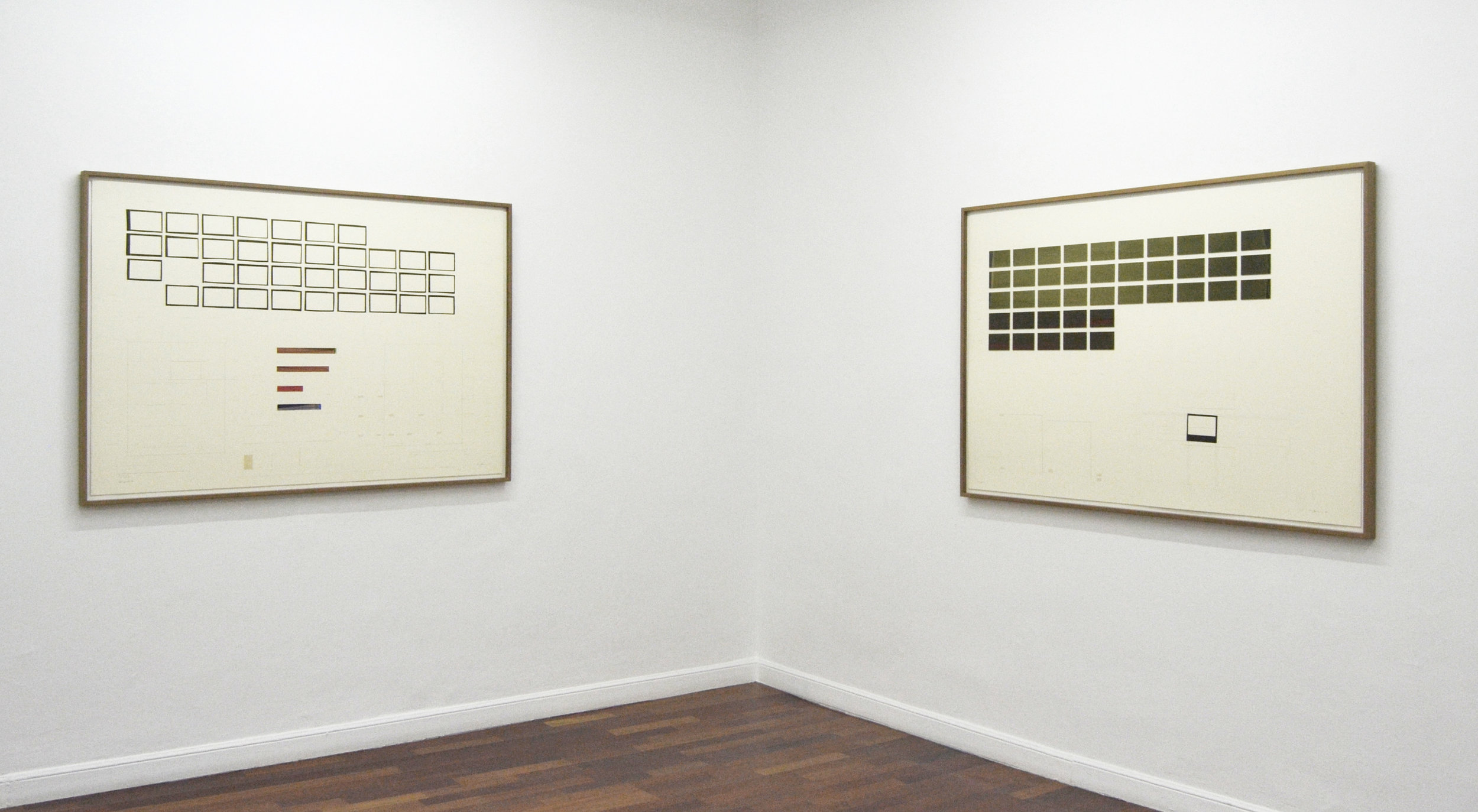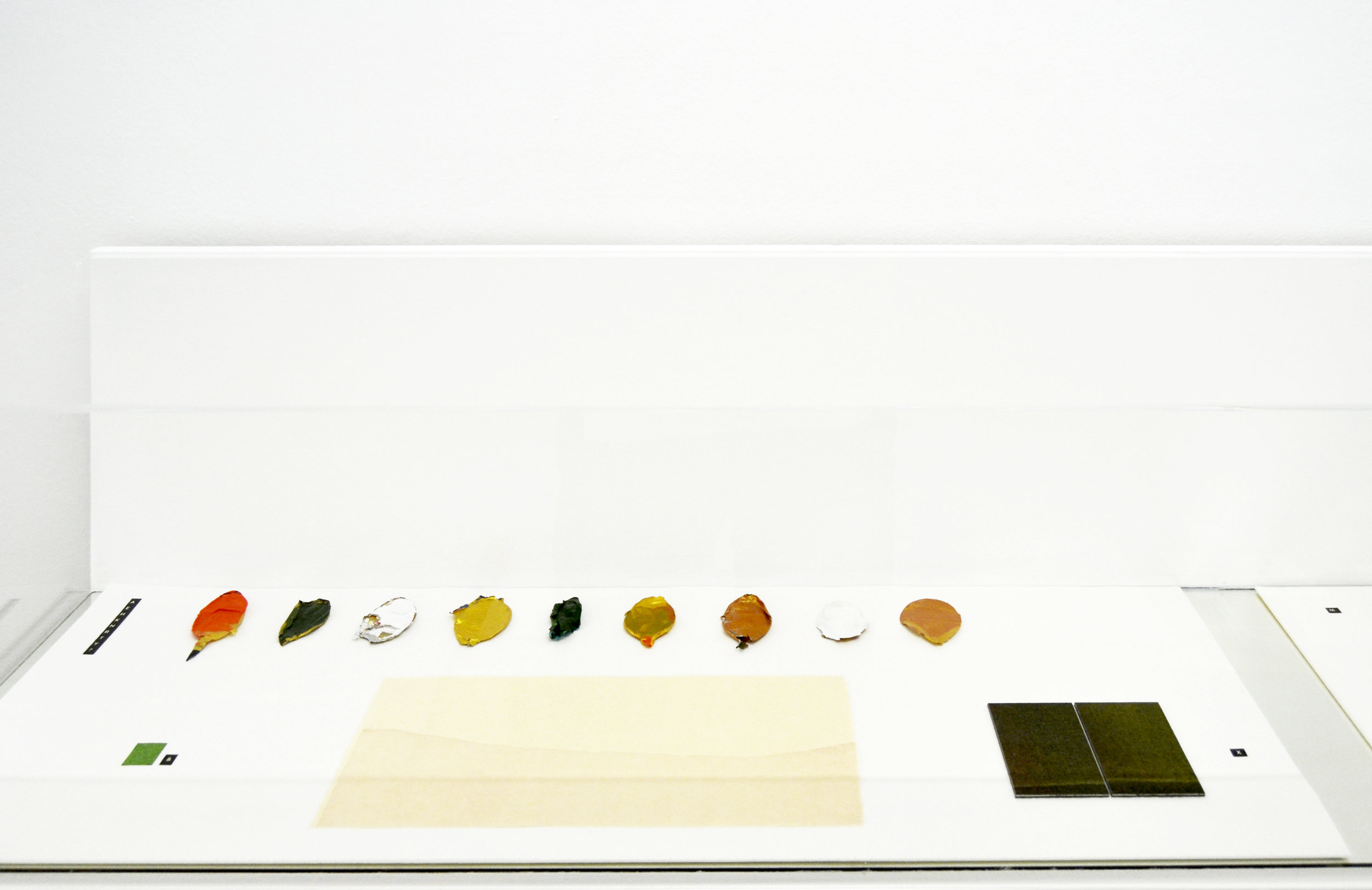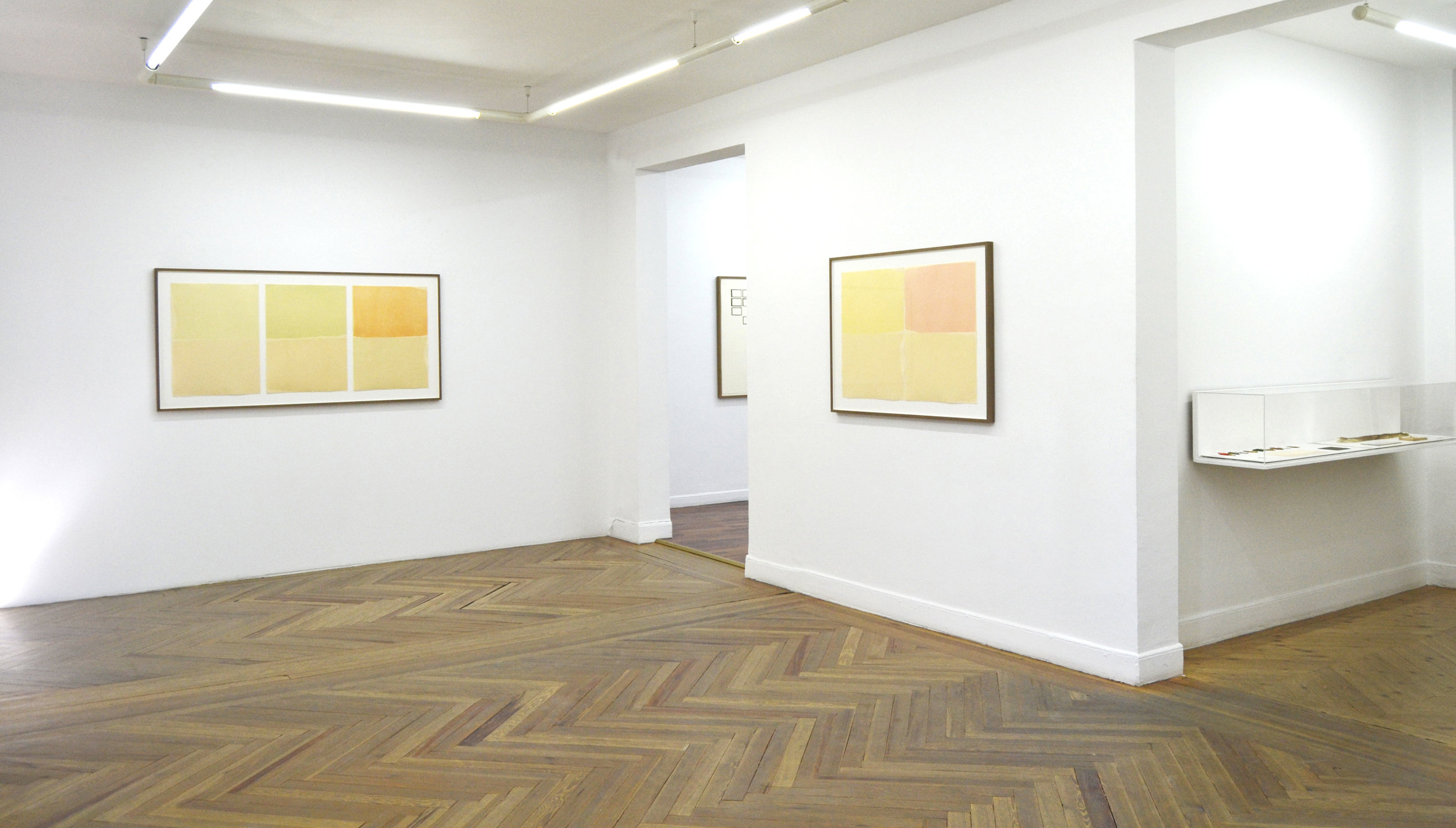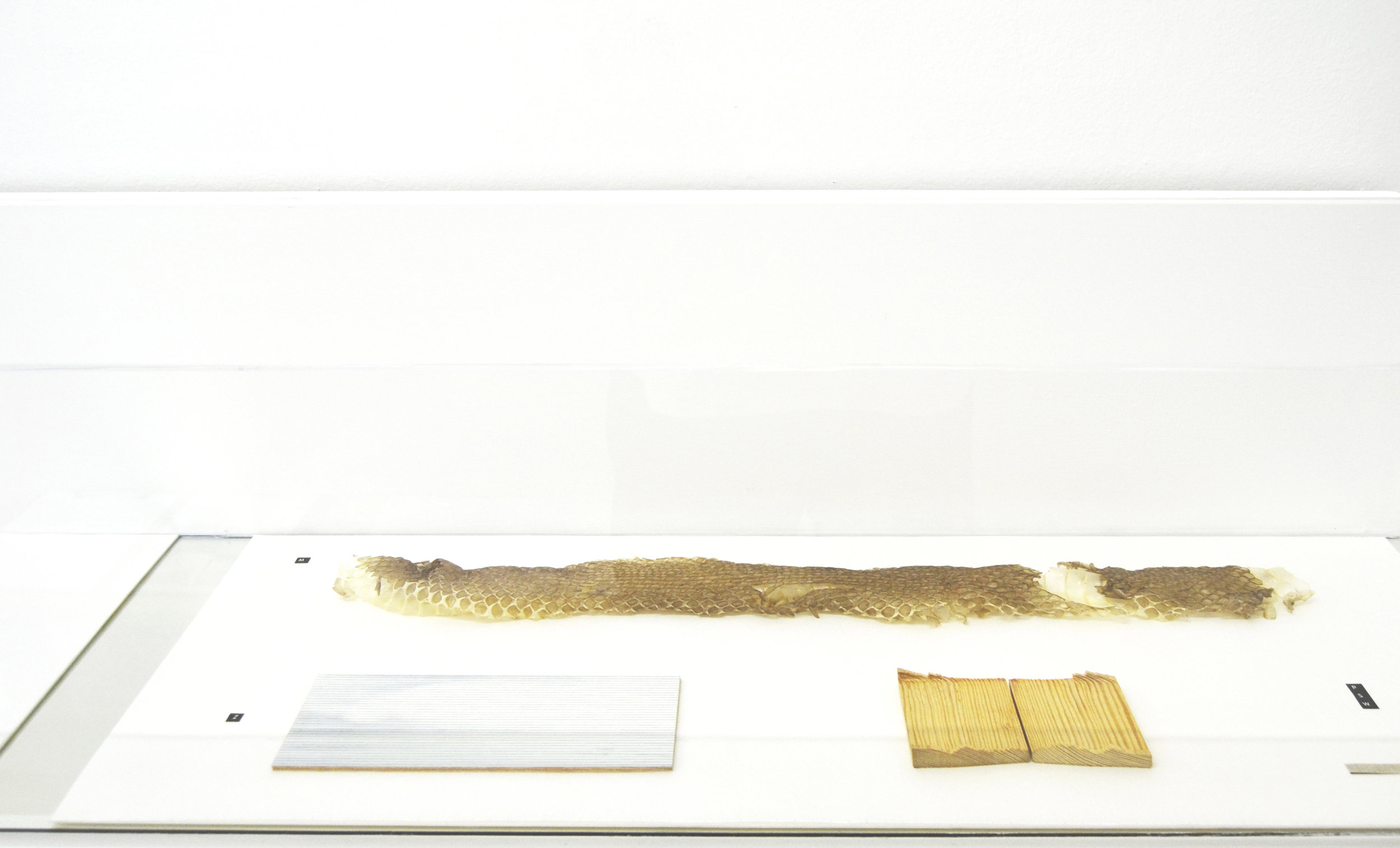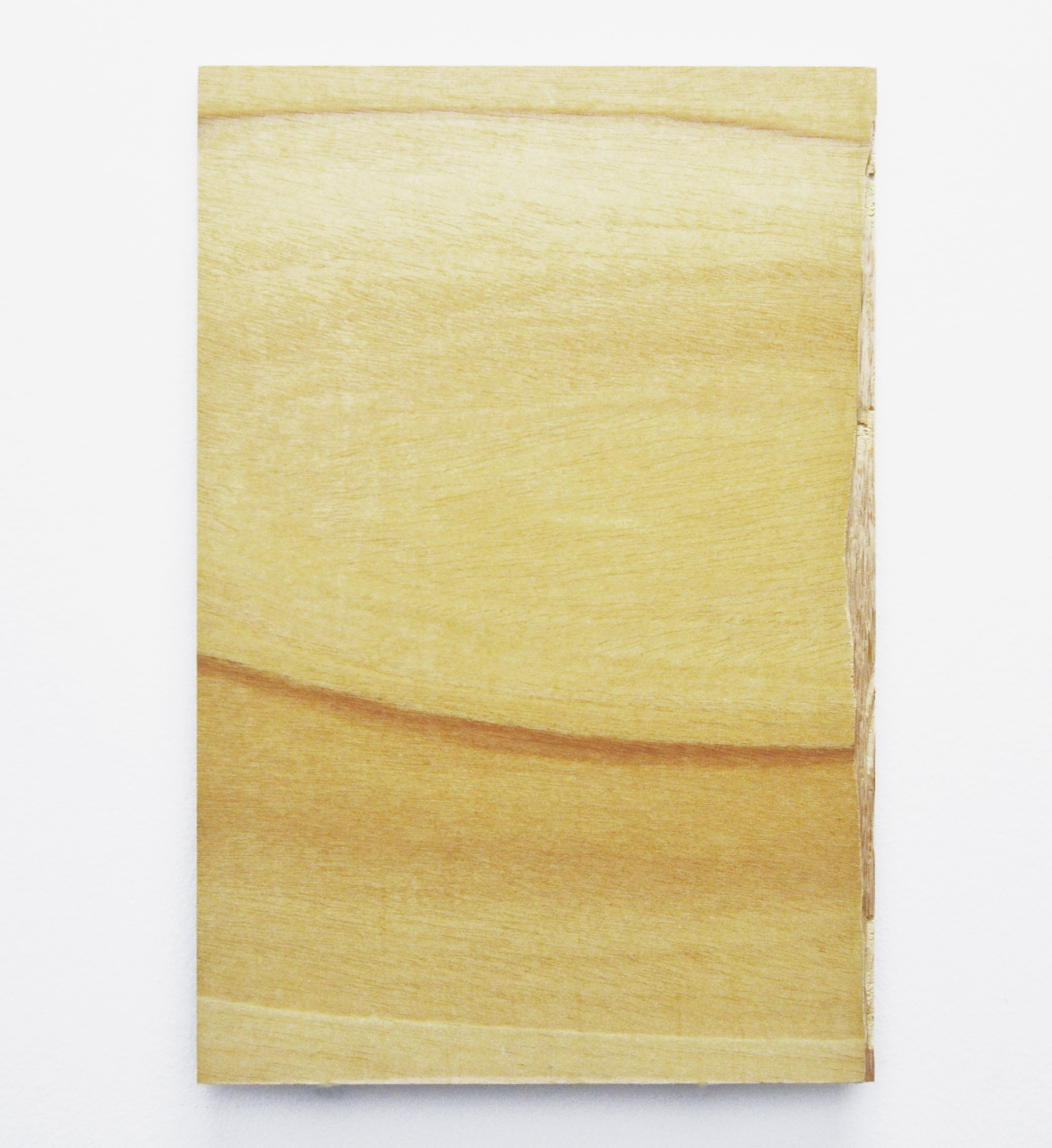Nico Munuera
Naturgemälde
Del 13 de septiembre al de 10 noviembre 2018
La palabra alemana “Naturgemälde” podría traducirse aproximadamente como “pintura de la naturaleza” o “cuadros de la naturaleza”, al mismo tiempo que entraña una sensación de unidad o integridad de todo lo que se ve representado. Utilizado este término por el naturalista y geógrafo de principios del XIX Alexander Von Humboldt, hace referencia a sus personalísimos diagramas o mapas dónde trataba de representar todo lo medido en cada una de sus expediciones. En una sola lámina representaba de manera gráfica y condensada todos los datos referentes al estudio de un lugar determinado. Un microcosmos en una página.
Si el cuadro como elemento físico es el territorio que define el paisaje de la pintura, el proceso que la conforma puede contener la naturaleza del lenguaje que construye la pintura. Es en su desarrollo interno donde se construye este lenguaje y da forma a lo que llamamos pintura. Hay que pintar desde esa parte interna. No se puede dibujar una planta si no se actúa al dibujar como ella. Las plantas son perfectas en forma y tamaño y posiblemente nunca han preestablecido su aspecto final. Simplemente se han desarrollado desde su interior.
La pintura es naturaleza y al trabajar desde donde se desarrolla su lenguaje debemos cuidar que la parte racional no invada todo lo que no entendemos. Porque lo que no entendemos es lo único que tiene la posibilidad de enriquecer nuestro conocimiento. La naturaleza no son matemáticas, simplemente aplicamos el modelo matemático para entenderla de una determinada manera.
Afortunadamente el arte nos descubre a cada instante todo lo que nos es posible encerrar en una palabra o en un número. Es una fuente de conocimiento permanente de lo indecible que conforta nuestra naturaleza humana más íntima.
Existe en esta exposición una constante intención de apropiación de la naturaleza. Sutil pero muy precisa. Una apropiación que consiste en un acercamiento extremo. No en un robo. El deseo de estar dentro de lo que amas o quieres conocer. Apretar y presionar hasta comenzar a fundir en los límites físicos que separan y unen.
Esta aproximación está completamente reflejada en la serie de trabajos xilográficos. La madera crea su reflejo sobre el fino papel casi como una imagen lumínica. Algo tan delgado y etéreo que hace que el propio papel en el proceso de estampación se convierta en la epidermis de la madera al ser retirado. Presencias leves que nos hacen trasladarnos a la sospecha de la ausencia. Huellas que se nos muestran como una exsuvia, la piel abandonada por algunos insectos y reptiles que no es otra cosa que un preciso dibujo de cómo fueron en un momento determinado.
Como ocurre con la piel abandonada de la serpiente, estamos ante la obviedad física de lo que vemos. Pero también ante un pasado donde lo material contiene y muestra el proceso interno de su desarrollo. En su dibujo tridimensional contiene todo su vacío. Una huella de ausencia que se abre a la capacidad de intuir que aquello que vemos sigue en evolución.
Las obras de la series que he ido titulando anteriormente “El lenguaje” o en este caso “Naturgemälde” son el reflejo exacto del funcionamiento generador de la pintura. Son la piel del pensamiento que contiene el proceso donde se genera y construye el lenguaje de la pintura en un determinado tiempo. Son cuadros gráficos que condensan lo que sucede en el estudio e interrelaciona todos los elementos que allí confluyen en una sola lámina. La idea de ausencia como la toma de decisiones queda fijada. Son mapas dónde la intuición siempre se escabulle ante el intento de medir de la razón.
Nico Munuera 2018
Nico Munuera
Naturgemälde
September 13 - November 10,2019
The German word Naturgemälde can be loosely translated as “painting of nature.” It implies a sense of unity or wholeness of all that is represented. The term was used in the 19th century by naturalist and geographer Alexander Von Humboldt in reference to his very unique diagrams and maps where he tried to represent all the things measured during each of his expeditions. In a single illustration he graphically represented and condensed all data relevant to the study of a specific place. A microcosm in a single page.
If the frame as a physical element is the territory that defines the painting's landscape, the process by which the painting is made can contain the nature of the language that makes it. This language is built during the painting's internal development and it gives shape to the thing we call painting. We must paint from this internal landscape. You cannot paint a plant unless you act like it while painting. Plants are perfect in shape and size yet they have probably never pre-established their final form; they merely develop from the inside.
Painting is nature. When we work from where its language is developed, we must be careful not to let rationality invade what we do not understand. That which we do not understand is the only thing with the capacity to enrich our knowledge. Nature is not math. We merely apply a mathematical model to understand nature in a specific way.
Fortunately, art unveils at every moment all that we can enclose in a word or a number. Art is a permanent source of knowledge for understanding the ineffability that confronts our most intimate human nature.
In this exhibit there is a constant intention to appropriate nature. It is subtle yet precise. This appropriation is an extreme approach, but it is not theft. It is the desire to be inside that which you love or wish to understand. It is pressing and squeezing until the physical boundaries that unite and separate us start to fuse.
This approach is fully apparent in the series of woodcut works. Wood casts its reflection over the fine paper almost as a light source. It is so thin and ethereal that the paper itself becomes the wood's skin when removed after printing. Airy presences elicit us to suspect absence. Footprints in the form of exuviae, the discarded skin of some insects and reptiles, are precise images of how they were at a certain point.
As with the snake's shed skin, we are faced with the physical obviousness of what we see, but also with a past where the material object contains and embodies its own process of internal development. Its three-dimensional drawing contains its entire void. It is a trace of absence that opens the capacity to intuit that what we see is still evolving.
The works from the series that I've previously titled Language and in this case Naturgemälde are an exact reflection of the operation that generates painting. They are the skin of the thought that contains the process where the language of painting is generated and built at a certain time. They are graphic paintings that condense what happens in the studio and interrelate all the elements that converge on a single canvas. The idea of absence as the decision-maker is set. These are maps where intuition always escapes reason's attempt to measure.
Nico Munuera 2018

